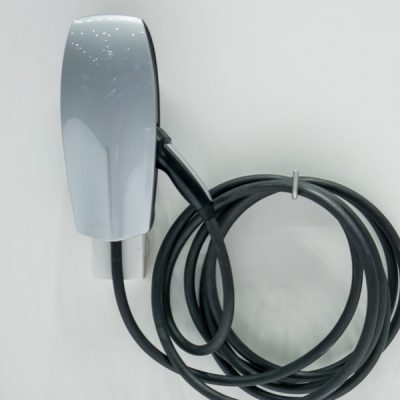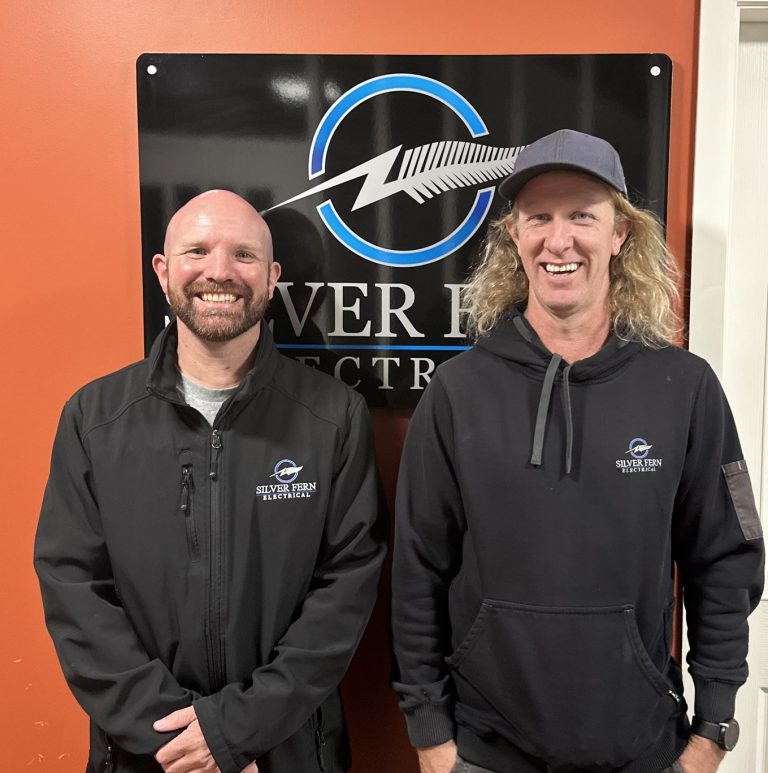Wellington is the capital city of New Zealand. It lies at the south-western tip of the North Island, between Cook Strait and the Remutaka Variety. Wellington is the third-largest city in New Zealand (second largest in the North Island), and is the management centre of the Wellington Area. It is the globe's most southern funding of a sovereign state. Wellington features a temperate maritime environment, and is the globe's windiest city by typical wind rate. Māā ori oral custom informs that Kupe found and checked out the region in concerning the 10th century. The location was initially worked out by Māā ori iwi such as Rangit ā ne and Muaūū poko. The interruptions of the Firearm Wars brought about them being bewildered by northern iwi such as Te ĀĀ ti Awa in the very early 19th century. Wellington's current type was initially created by Captain William Mein Smith, the initial Surveyor General for Edward Wakefield's New Zealand Business, in 1840. Smith's strategy consisted of a collection of interconnected grid plans, expanding along valleys and lower hill slopes, but without in fact taking the terrain into account. The Wellington city location, which only includes urbanised areas within Wellington City, has a population of 208,800 as of June 2024. The larger Wellington city, including the cities of Lower Hutt, Porirua and Upper Hutt, has a population of 432,600 since June 2024. The city has actually served as New Zealand's resources given that 1865, a status that is not defined in regulation, yet developed by convention; the New Zealand Government and Parliament, the Supreme Court and the majority of the general public service are based in the city. Wellington's economic climate is largely service-based, with an emphasis on finance, organization solutions, federal government, and the film market. It is the centre of New Zealand's film and special impacts sectors, and increasingly a center for information technology and development, with two public research study universities. Wellington is just one of New Zealand's chief seaports and serves both residential and international shipping. The city is primarily served by Wellington Airport in Rongotai, the country's third-busiest flight terminal. Wellington's transportation network includes train and bus lines, which reach regarding the Kāā piti Coast and the Wairarapa, and ferryboats connect the city to the South Island. Frequently described as New Zealand's social resources, the culture of Wellington is a diverse and frequently youth-driven one. Among the world's most liveable cities, the 2021 Global Livability Ranking connected Wellington with Tokyo as 4th in the world. From 2017 to 2018, Deutsche Bank placed it first in the world for both liveability and non-pollution. Cultural precincts such as Cuba Road and Newtown are renowned for imaginative development, "op shops", historical character, and food. Wellington is a leading monetary centre in the Asia-Pacific area, being ranked 46th on the planet by the Global Financial Centres Index for 2024. The international city has actually expanded from a dynamic Māā ori negotiation, to a colonial outpost, and from there to an Australasian capital that has experienced a "impressive innovative resurgence".
.




